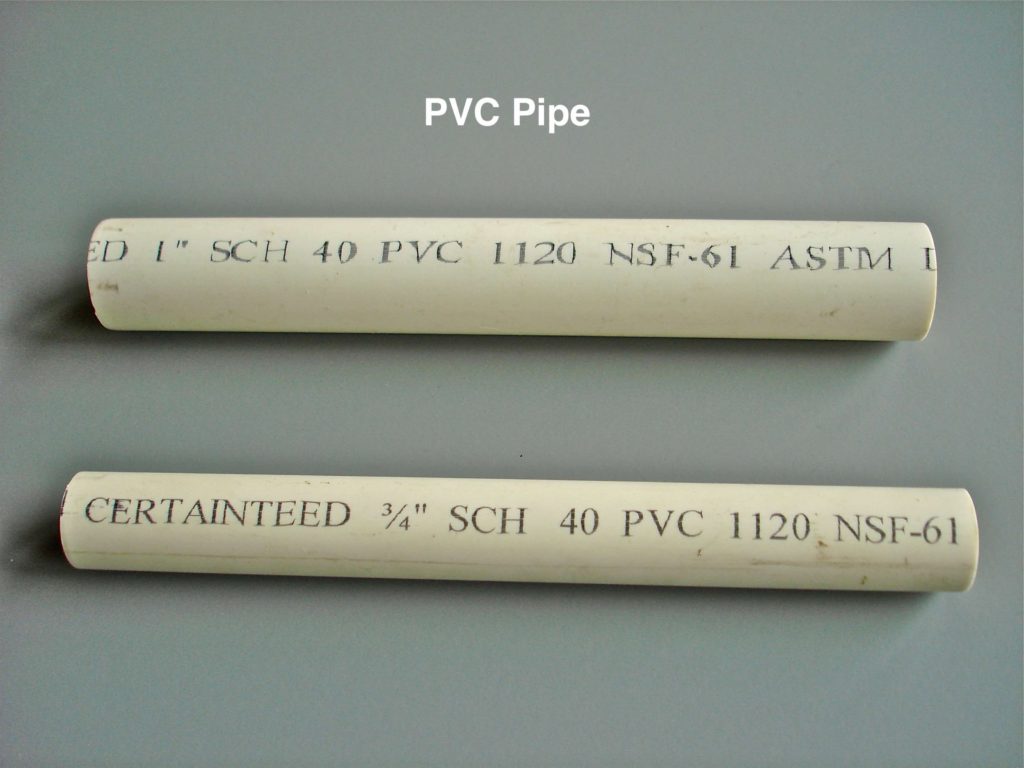iScaper Rating

PVC (PolyVinylChloride) is the preferred pipe in most sprinkler systems. Its greater strength, the ease of attaching fittings, and high pressure operating capabilities are just a few reasons. Most PVC pipe comes in lengths of 20′ and one end of the pipe has a bell end that can be glued to the next joint of pipe. PVC pipe is also somewhat flexible and can be laid in a gradual curve if necessary.
Some advantages PVC has over other types of pipe are:
- The smooth walls of the PVC pipe means it will have less friction loss than other piping like galvanized pipe.
- PVC pipe is strong and durable despite its lightweight.
- PVC pipe is a non conductor of electricity and is immune to chemical corrosion that affects other types of metallic piping.
- Ease of installation. No threading is required when installing PVC pipe.
- Cost. PVC is more than competitive with other types of piping on the market.
Pros – For me it’s ease of use. If I have 3/4″ and 1″ PVC pipe on my truck and a few fittings, there aren’t many sprinkler repairs that I can’t make.
Cons – Compared to galvanized, poly, and even rainjet piping, there are no cons for PVC.

Thanks for sharing the information about pvc pipe.
Have you ever tried flexible pvc for sprinkler systems. They are alot easier to install.
Flexible PVC pipe is great, the main reason I would use rigid PVC pipe over flexible PVC is cost. Flexible PVC pipe can be 2-3 times more expensive than rigid PVC pipe.
Another thing about rigid PVC is that you can always heat it up, bend it and cool it down to its original hardness. That means that even if you run into a tricky situation, you can always make a few bends without using any specialized materials.
Once you develop you PVC bending technique, it is just as good as Flex PVC with the advantages of lower price and a physically solid finished product.